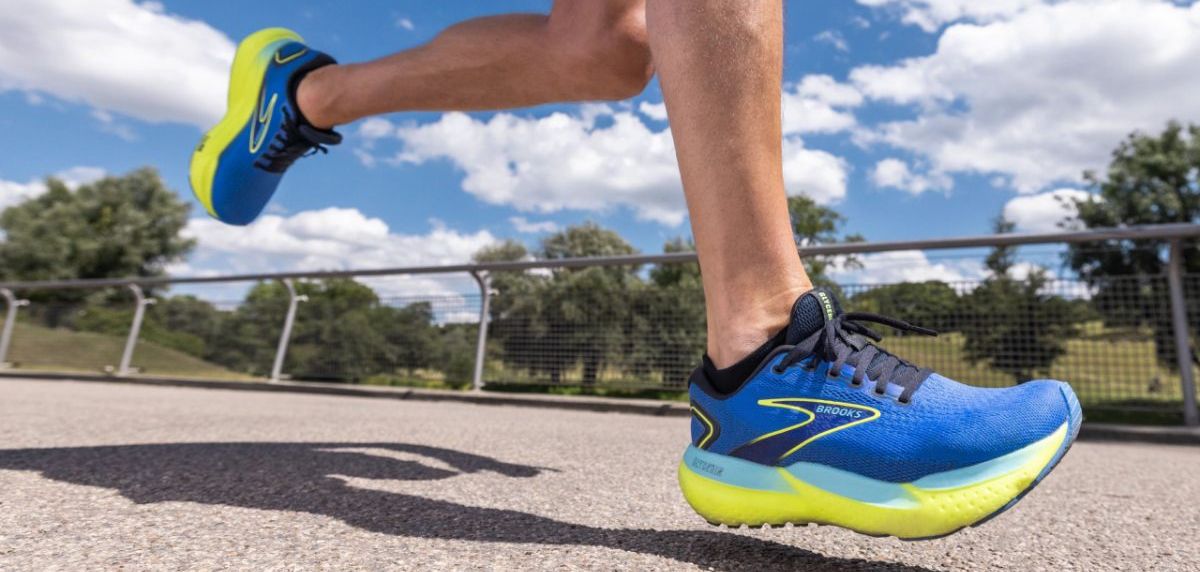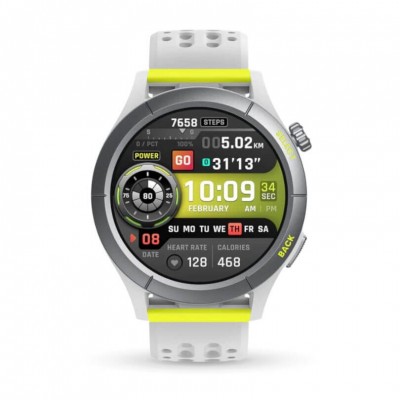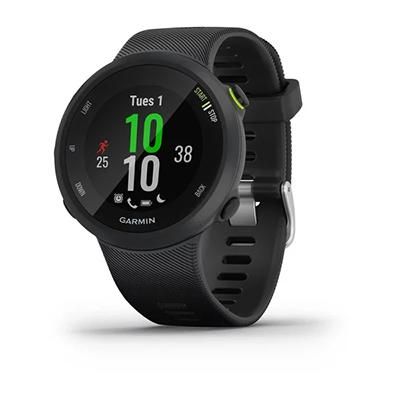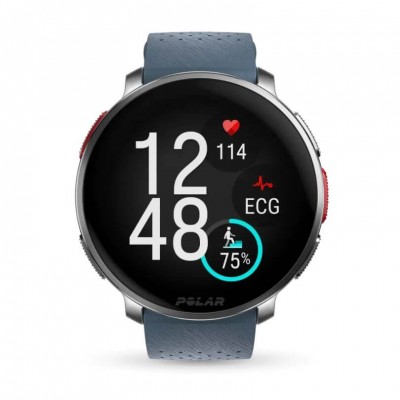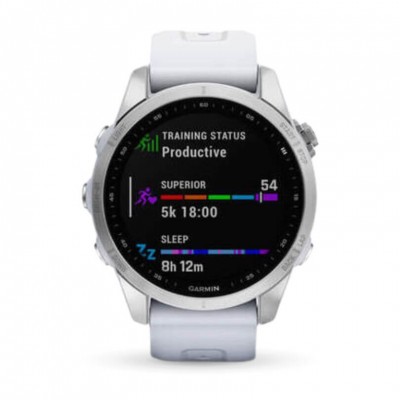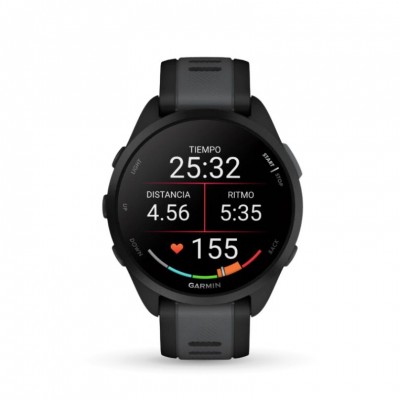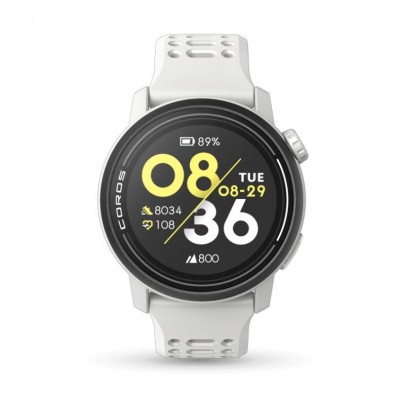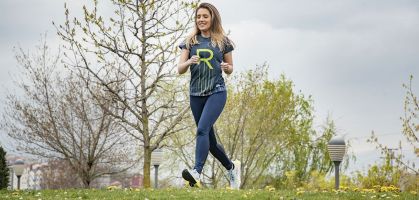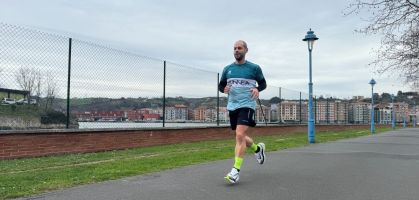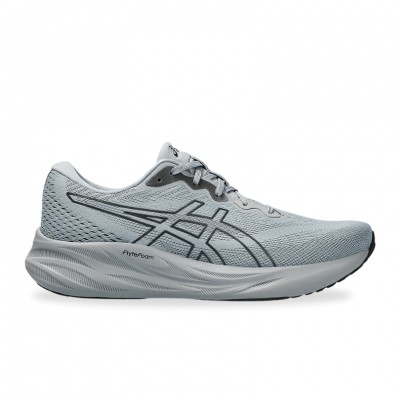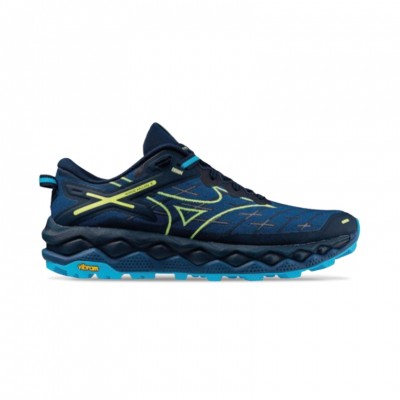Can cadence be one of the keys to helping you find your maximum running potential? We're going to talk about running cadence, so you can understand how it influences efficiency, speed, and endurance. We will look at different scientific studies to understand if a higher cadence is beneficial for longer distances, or if a longer, less frequent stride is better. We will also address and attempt to corroborate a popular belief : is 180 steps per minute the ideal cadence? Get ready to discover how the right cadence can help you improve your running experience.
Not sure which running shoe to choose?
In a few simple steps we help you to choose the ideal running shoe for you
Go to the Shoe Finder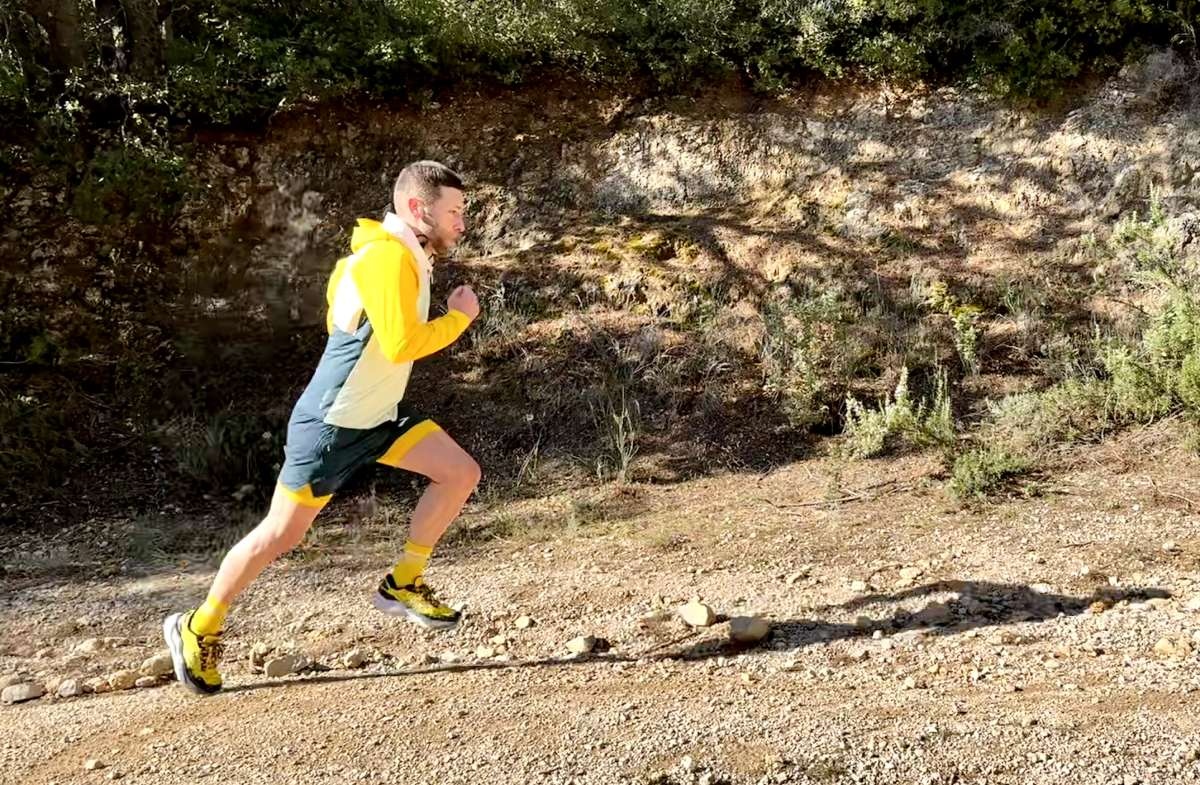
What is cadence in running?
Let's start by understanding the term "running cadence". Running cadence refers to the number of steps a runner takes per minute. It is a key parameter that directly impacts an athlete's efficiency and performance. It may seem like a simple concept, but cadence holds significant individual complexities and variability that can help you improve or otherwise reach your running goal.
To measure cadence, we can use devices such as heart rate monitors & sports watches, mobile apps or motion sensors. These tools allow us to obtain accurate data that will help us understand and improve our running technique.
A fundamental difference in cadence is observed between popular runners and more experienced athletes or professional athletes In general, more experienced runners tend to have a higher cadence, which correlates with greater efficiency and lower energy consumption during the race. But beware, this does not imply that a higher cadence is always the best option for everyone, as each individual has an optimal pace based on their physical condition, biomechanics and training goals.
Let's take a look at how cadence affects running economy, from oxygen consumption to biomechanical impact, and how we runners can use this knowledge to improve our performance at different distances and paces.
Impact of cadence on running efficiency
Efficiency, in running terms, refers to how much effort a runner requires to maintain a given speed. Recent studies have shed light on how cadence affects both running economy and oxygen consumption.
One rule that we should take as general (although every individual is different) is that a higher cadence generally reduces mechanical energy cost (ECOR) due to less vertical oscillation of the body. This means that, by increasing the cadence while maintaining the same speed, a runner can decrease the effort required per step. However, it is also true that this benefit is more pronounced in newer runners than in more experienced ones.
As for oxygen consumption, which is measured through running economy (RE), the results are less consistent. Although a lower cadence increases RE, an increase in cadence does not always lead to a decrease in oxygen consumption.
So you see that there is a complex relationship between cadence, running efficiency and energy cost. This means that adjusting cadence could offer benefits in terms of effort reduction, but it also requires careful balancing so as not to negatively affect oxygen economy. So what can we do?
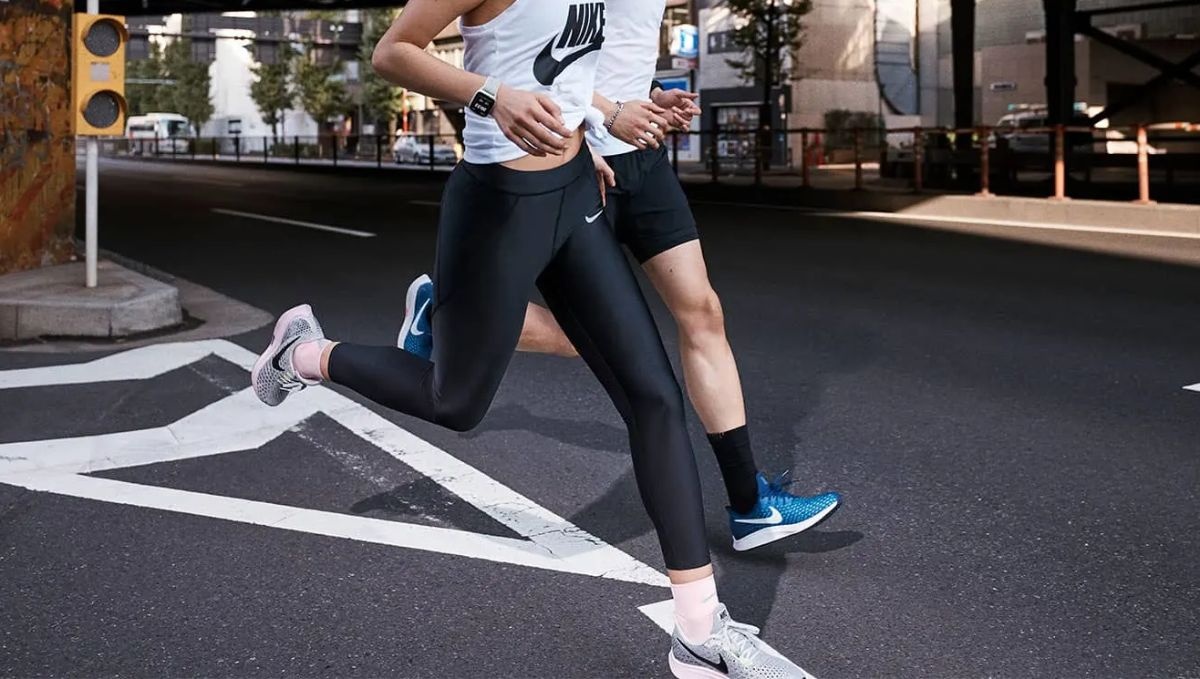
Ideal cadence: myth or reality?
The concept of an "ideal cadence" has been discussed in many articles and scientific evidence has even been sought through different studies. The figure quoted in most of them is 180 steps per minute, popularized by trainer and author Jack Daniels. However, this figure is not universal and unique to all types of runners. Optimal cadence varies considerably among individuals, depending on factors such as height, stride length, fitness and training goals.
Recent research suggests that, rather than striving for an arbitrary figure, athletes should focus on finding a cadence that suits their own body and running style. This is going to force us to experiment with different cadences and pay attention to how each one feels in terms of effort and comfort.
In addition, it is important to note that cadence is not the only factor that determines running efficiency. There are other key elements such as running technique, muscle strength and flexibility that also play a crucial role. Therefore, improving cadence should be part of a more holistic approach that includes comprehensive runner training.
Cadence depending on pace and distance
When it comes to adjusting cadence depending on pace and distance, we first need to understand that different contexts require different approaches.
- For longer distances: In marathons or ultramarathons, a higher cadence can be beneficial. Faster, shorter strides tend to reduce the impact on joints and muscles, which is crucial for preventing injury over these extended distances. In addition, maintaining a high cadence can help maintain efficient running technique, even when fatigue builds up.
- For shorter, faster races: At shorter distances, such as 5k or 10k, runners often benefit from longer, more powerful strides, particularly at higher speeds. This is because a longer stride can be more energy efficient. However, it is crucial that this extension does not compromise natural running technique or increase the risk of injury.
Each runner must consider his or her own biomechanics, strength, flexibility and training level. Runners with more strength work in their legs may be able to adapt better to longer strides, while others may benefit more from a higher cadence to maintain consistency and help avoid injury.
Experimentation and gradual adjustment: As a tip, you should experiment with different cadences in your workouts, adjusting gradually and paying attention to your body's responses. This approach allows you to progressively adapt and reduces the risk of injury.
How to train cadence
Cadence training involves a conscious and methodical approach. Here are some steps to improve cadence:
- Initial measurement: Use a sports watch or app to determine your current cadence during different types of runs.
- Set realistic goals: Based on your goals and type of running, set a cadence goal. Remember, small increments are more manageable and safer.
- Music: Tools such as a metronome or music with a specific beat can help you maintain a steady cadence during your workouts.
- Progressive integration: Start by integrating the new cadence into short portions of your workout and gradually increase its duration.
- Feedback and adjustment: Evaluate how your body feels with the new cadence. Adjust as needed, paying attention to comfort and the appearance of any signs of injury.
- Strength and flexibility training: Improving leg strength and overall flexibility can help you adapt to a new cadence and improve running technique.
Cadence is not a magic formula, but a powerful tool for optimizing performance. Listening to your body and prioritizing efficient, injury-free running are keys to mastering cadence.
Read more news about: Running Training
